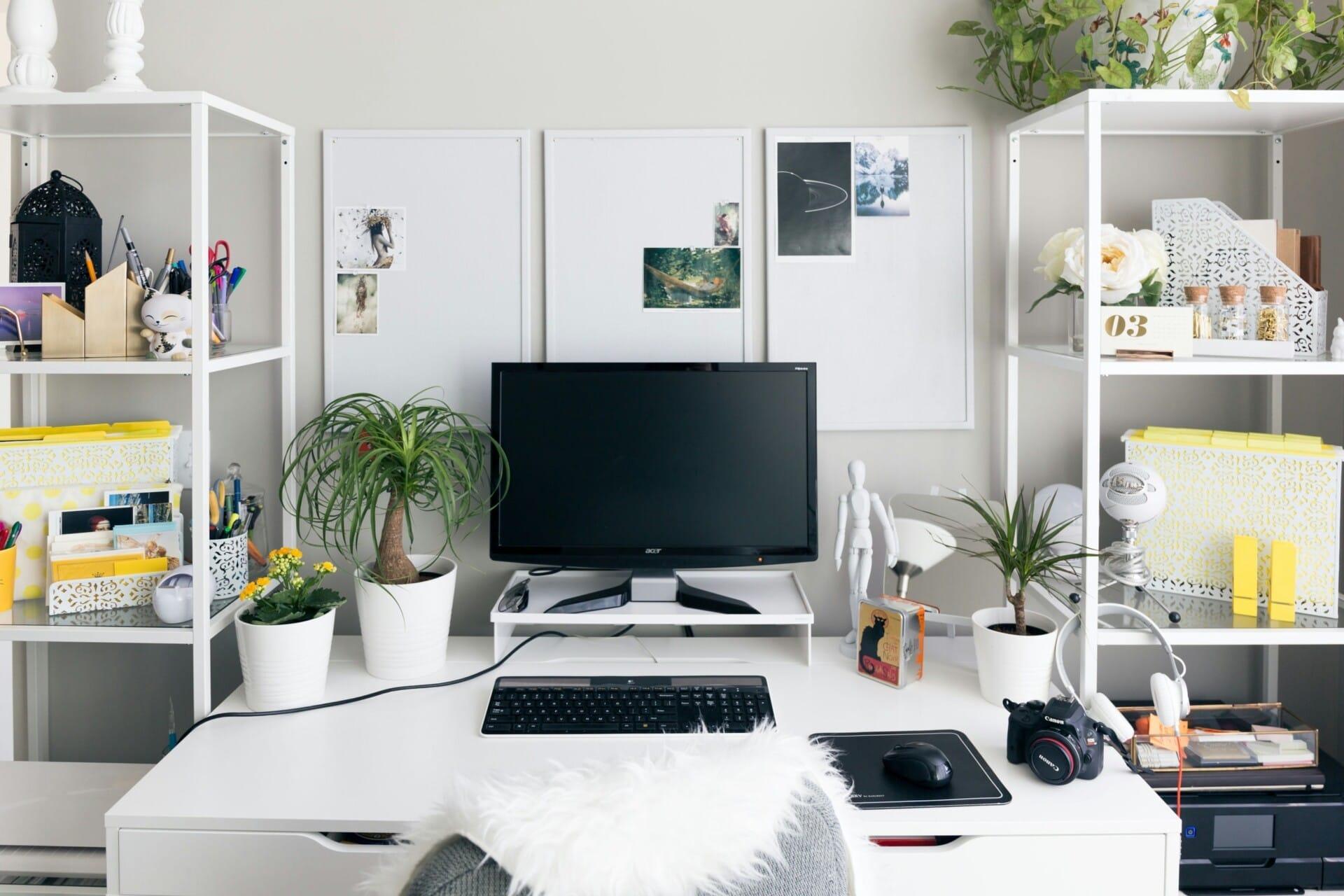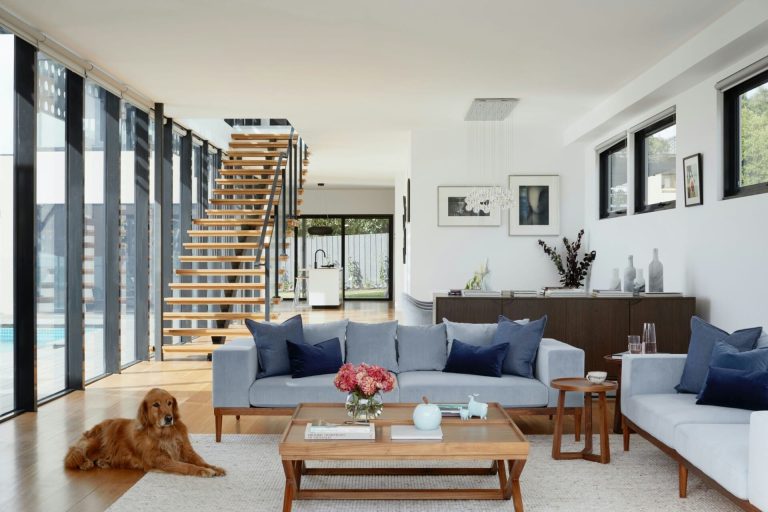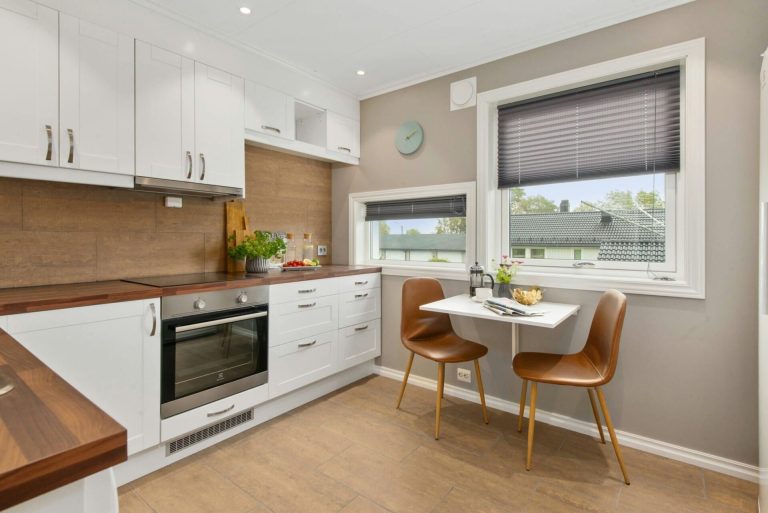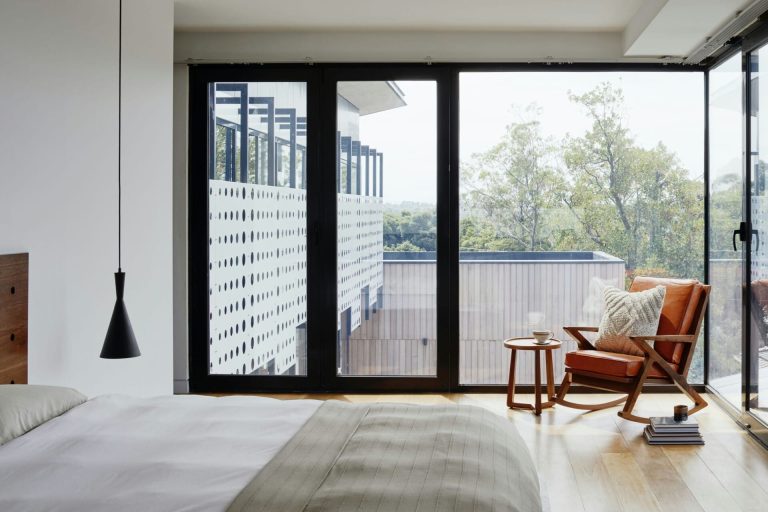In recent years, if you’ve been keeping an eye on the Malaysian construction scene, you might have noticed something interesting brewing. Developers across the country are swapping out traditional building materials for greener, more sustainable options. It’s like they’ve decided to give Mother Nature a high-five! But what’s driving this shift? Is it just about keeping up with global trends, or are there deeper reasons at play? In this article, we’ll dive into the motivations behind this move towards eco-friendly materials, the benefits they bring, and what it means for the future of building in Malaysia. So, grab your coffee, settle in, and let’s explore why Malaysian developers are embracing a greener path!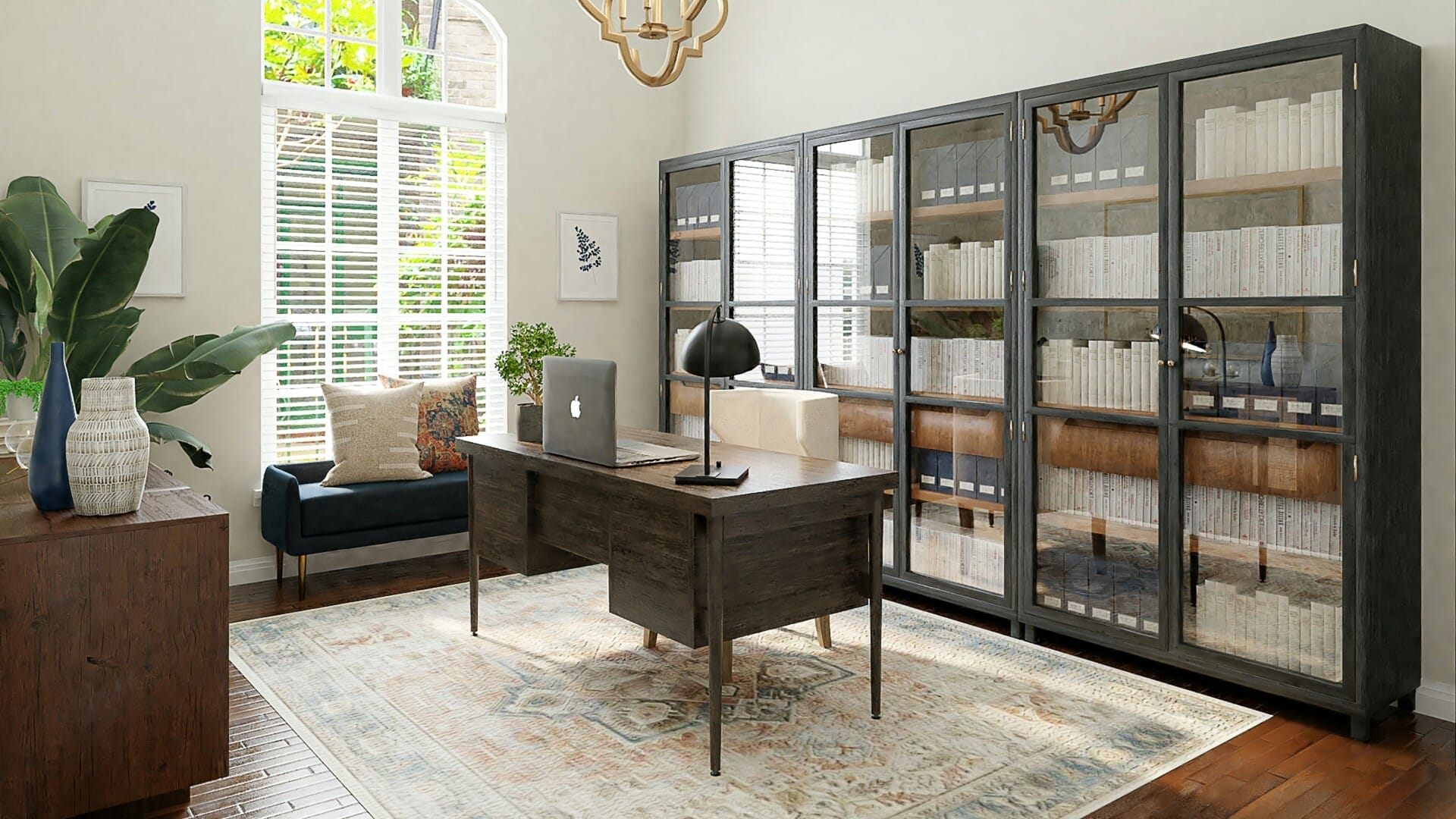
Emerging Trends in Sustainable Construction Practices
As Malaysian developers embrace sustainability, there’s been a noticeable shift towards using eco-friendly materials. This change is driven not only by governmental regulations but also by a growing awareness among consumers about the environmental impact of construction. Developers are increasingly opting for materials that reduce carbon footprints and enhance energy efficiency. Some of these innovative materials include:
- Bamboo: Known for its rapid growth and strength, bamboo is becoming a popular choice for flooring and structural applications.
- Recycled Steel: With its high durability and recyclability, steel is being repurposed to minimize waste.
- Hempcrete: This lightweight, insulating biomaterial provides excellent thermal regulation, perfect for the tropical climate.
The trend is not just limited to material selection, though. Many developers are also integrating green building techniques into their projects. This includes the design of buildings that maximize natural light, utilize rainwater harvesting systems, and incorporate energy-efficient technologies such as solar panels. These efforts help in lowering operating costs and improving the overall sustainability of the buildings. Here’s a quick look at some sustainable construction practices:
| Sustainable Practice | Benefits |
|---|---|
| Natural Ventilation | Reduces energy consumption |
| Green Roofs | Enhances biodiversity and insulation |
| Low-VOC Materials | Improves indoor air quality |
Furthermore, the adoption of sustainable practices signifies a long-term commitment from developers to contribute to the health of the environment and the well-being of communities. As more Malaysian developers pivot towards greener alternatives, the construction industry is poised not only to thrive but also to lead in creating a more sustainable future. The combination of regulatory support, eco-conscious consumers, and innovative practices is paving the way for a building landscape that values quality and sustainability equally.
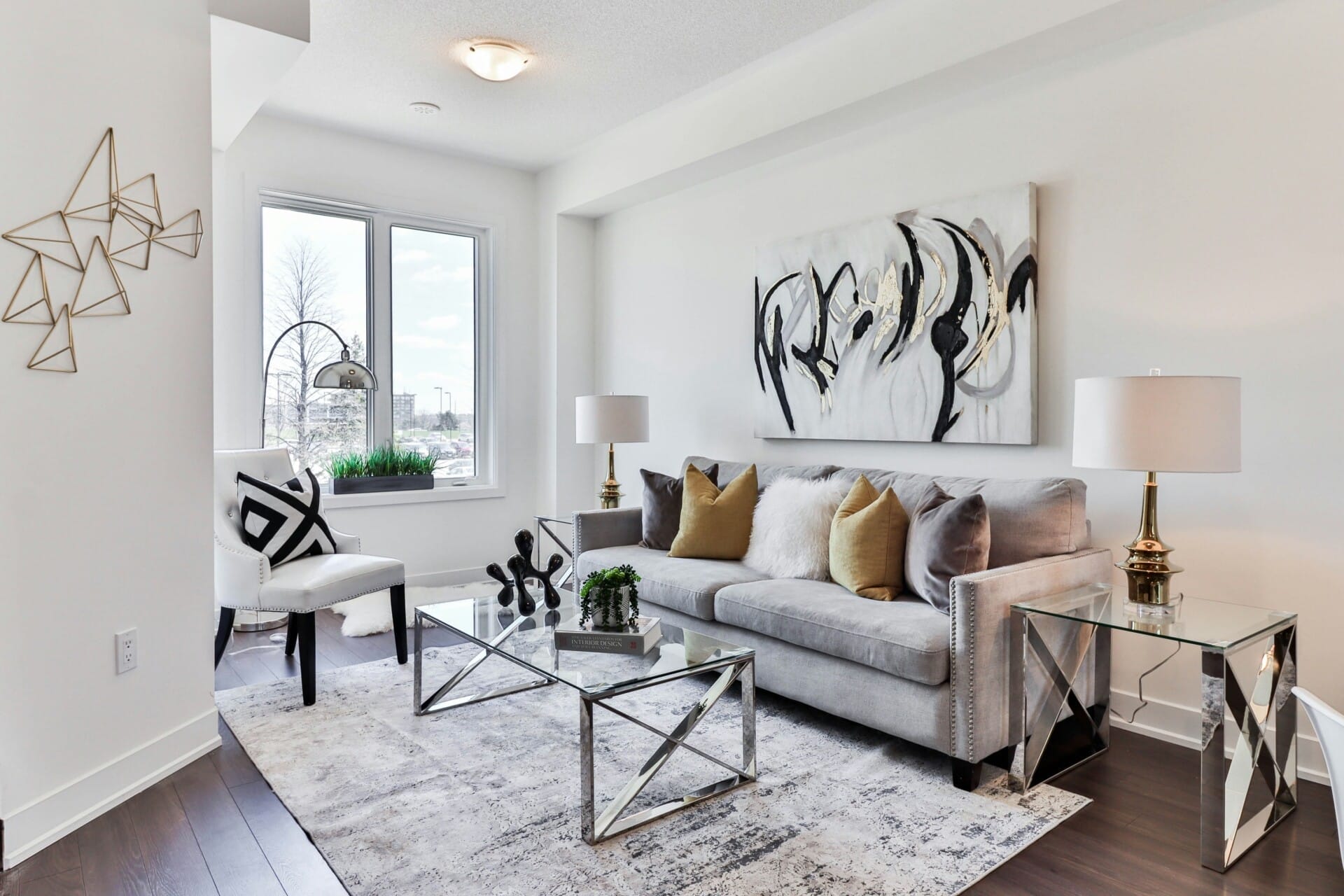
The Impact of Climate Change on Material Choices
As developers in Malaysia become increasingly aware of the pressing realities of climate change, the shift away from traditional materials is gaining momentum. Traditional building materials, such as concrete and steel, often come with a hefty carbon footprint due to their extraction and production processes. In contrast, greener options not only reduce environmental impact but also promote sustainability within the local ecosystem. This change is driven by both a desire to protect the environment and the growing consumer demand for eco-friendly practices in construction.
Innovative materials are emerging on the market, redefining the construction landscape. For instance, materials like bamboo, recycled plastic, and rammed earth are gaining traction, offering durability and sustainability. The benefits of these materials include:
- Lower carbon emissions: Eco-friendly materials typically require less energy to produce.
- Local sourcing: Using materials that are readily available in the region reduces transportation impacts.
- Waste reduction: Many green materials are made from recycled or waste products, thus promoting a circular economy.
Furthermore, embracing greener materials is not only an enviable choice for the environment but also for the developers themselves, who stand to gain from governmental incentives and support for sustainable practices. The investment in sustainable development can yield long-term savings through energy efficiency and reduced operational costs. To illustrate the financial benefits of these material shifts, consider the following:
| Material | Initial Cost | Lifecycle Savings |
|---|---|---|
| Bamboo | Moderate | High due to longevity & low maintenance |
| Recycled Plastic | Low | Medium from energy savings |
| Rammed Earth | Moderate | High from thermal mass properties |
Ultimately, the evolving preferences of Malaysian developers reflect a broader recognition of the need to act against climate change. Prioritizing innovative and sustainable materials not only aligns with global trends but also fosters a healthier environment for future generations, paving the way for a resilient construction sector that champions ecological responsibility.
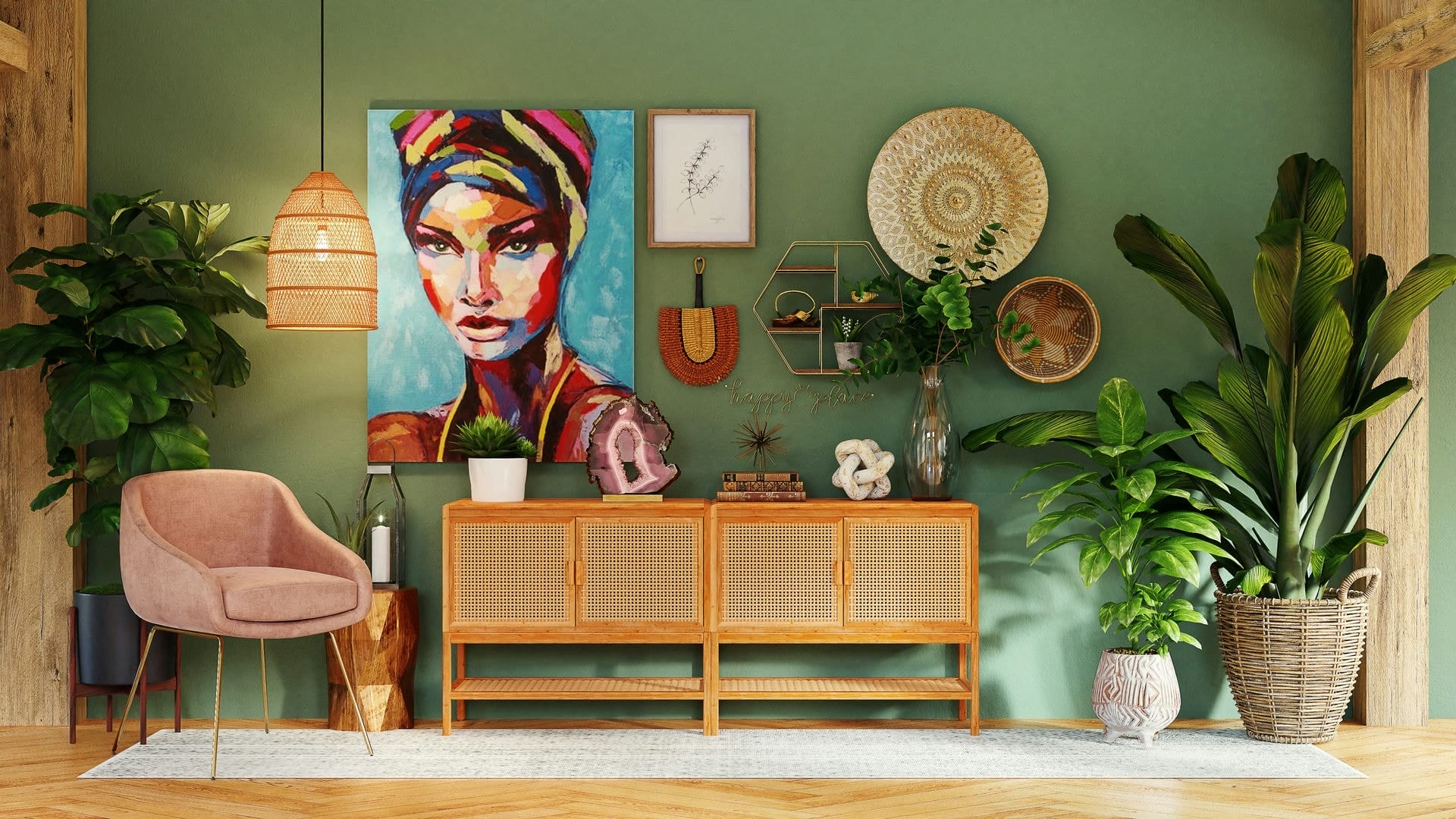
Cost-Benefit Analysis of Eco-Friendly Alternatives
As Malaysian developers shift towards eco-friendly options, the financial implications cannot be ignored. Investing in sustainable materials often comes with a higher upfront cost, but the long-term savings can significantly outweigh the initial expenditure. Consider reduced energy costs due to improved insulation or long-lasting materials that decrease maintenance expenses. These factors can quickly tip the scales in favor of going green.
Moreover, eco-friendly alternatives enhance a project’s marketability. With a growing awareness of environmental issues, buyers are increasingly seeking homes and commercial spaces that boast sustainability. Properties built with green materials often command higher selling prices and can attract tenants willing to pay more for lower utility bills. This appetite in the market not only supports a premium on real estate prices but also opens the door for developers to position themselves as leaders in the sustainable sector.
The social benefits should also be highlighted in the equation. By choosing eco-friendly materials, developers contribute to a healthier ecosystem, which ultimately affects the local population’s well-being. These options tend to produce less waste and lower emissions, fostering a sense of community pride. Here’s a simple table summarizing some key aspects:
| Aspect | Traditional Materials | Eco-Friendly Materials |
|---|---|---|
| Initial Cost | Higher | Moderate |
| Energy Efficiency | Lower | Higher |
| Maintenance | Frequent | Less Frequent |
| Market Demand | Decreasing | Increasing |
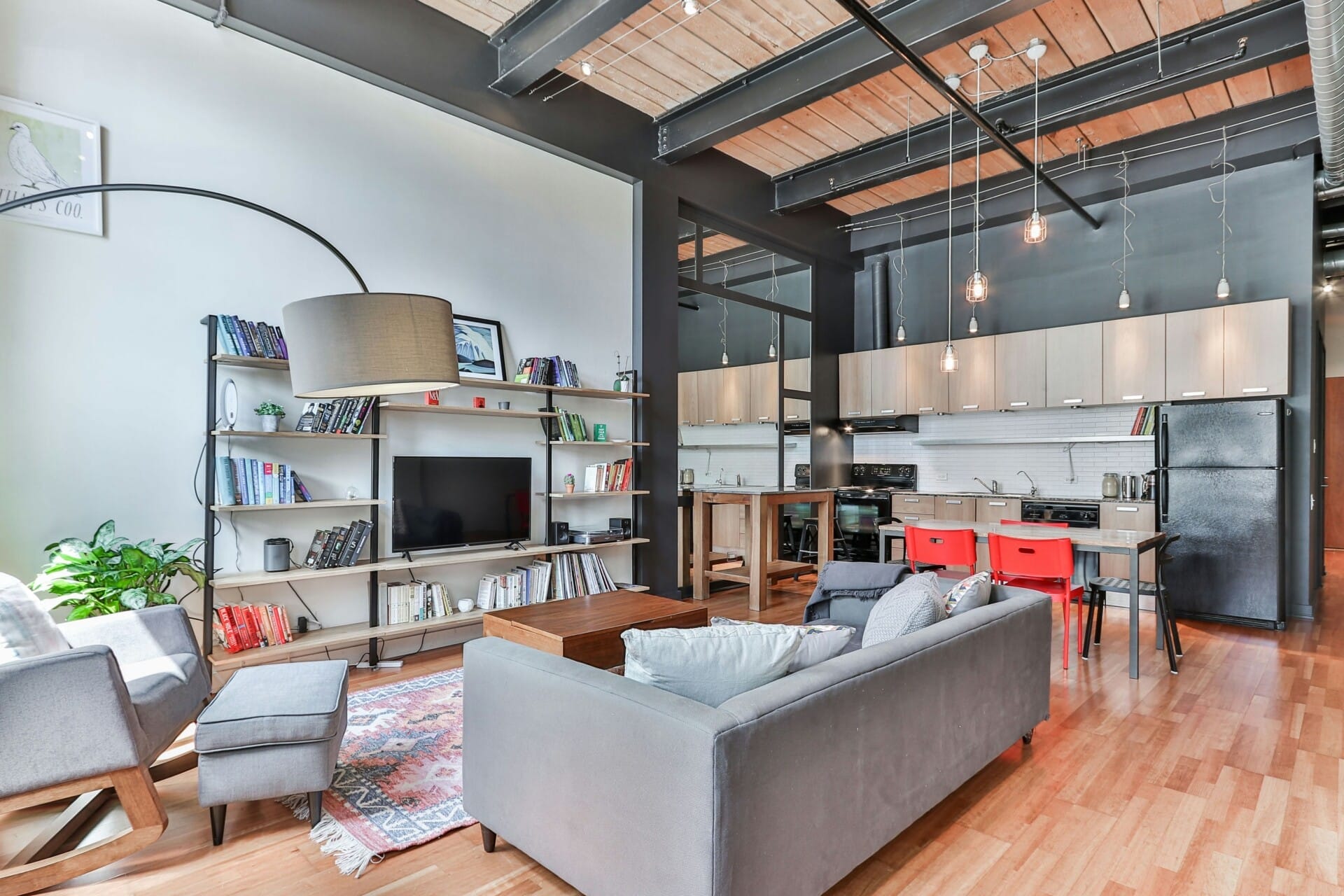
Case Studies of Successful Green Developments in Malaysia
One standout example of green development in Malaysia is the Pavilion Kuala Lumpur. This iconic shopping center is more than just a retail haven; it’s a testament to sustainable architecture. The developers opted for energy-efficient lighting systems and rainwater harvesting practices, which significantly reduce its environmental footprint. Features like green roofs and extensive landscaping not only enhance the aesthetic appeal but also promote biodiversity in an otherwise urban setting.
An inspiring community project is the EcoWorld Development Group’s initiatives in Selangor. Their developments integrate natural surroundings with innovative designs that focus on reducing carbon emissions. With the introduction of biophilic design, homes are constructed using reclaimed wood and recycled materials, creating a harmonious balance between nature and modern living. They even implement solar panel systems, making homes energy self-sufficient and lowering electricity costs for residents.
In addition, the Sustainable Energy Development Authority (SEDA) has partnered with local developers to create eco-friendly townships like Arav and Taranis. These projects feature amenities powered by renewable energy, smart waste management systems, and community gardens. The implementation of green construction practices not only showcases Malaysia’s commitment to sustainability but also sets a benchmark for future developments across the country. Here’s a quick glimpse into the achievements:
| Project Name | Key Features | Green Certifications |
|---|---|---|
| Pavilion Kuala Lumpur | Rainwater harvesting, green roofs | Green Building Index (GBI) |
| EcoWorld Developments | Reclaimed materials, biophilic design | LEED Certified |
| Arav and Taranis | Renewable energy, community gardens | MyCREST |
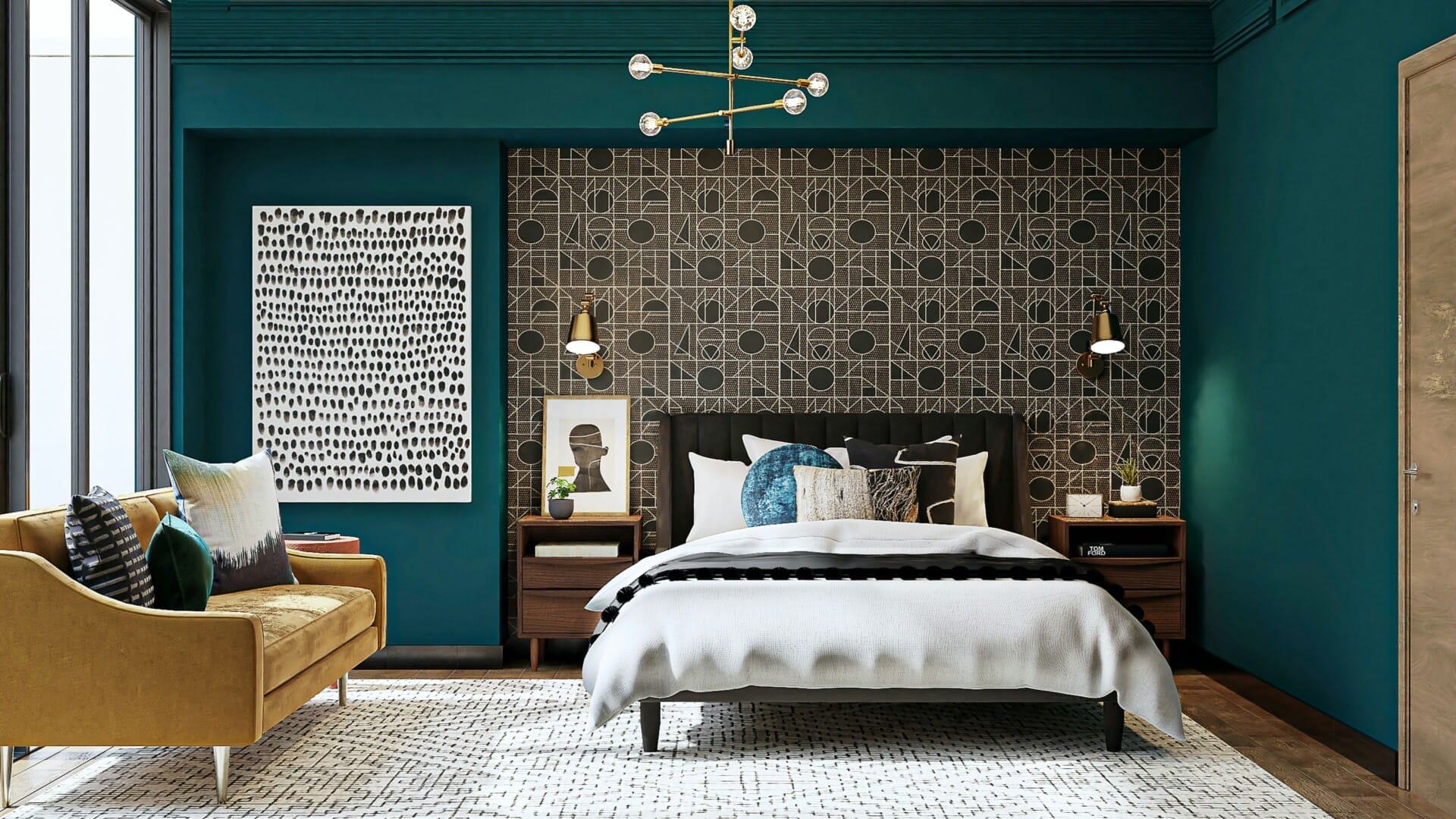
Government Policies Driving the Shift Towards Sustainability
In recent years, Malaysian government initiatives have played a crucial role in promoting sustainable practices in the construction industry. With the introduction of the Green Building Index (GBI) and various tax incentives, developers are being encouraged to adopt eco-friendly materials and practices. These policies not only help reduce the carbon footprint of buildings but also enhance their marketability in a growing eco-conscious consumer base. The government’s commitment to sustainability is evident as they push for greener urban planning and development guidelines.
Furthermore, financial subsidies and grants offered for sustainable projects have been a game-changer. Developers who choose alternatives like bamboo, recycled steel, or sustainable timber can receive significant financial aid, making it more feasible to transition away from traditional building materials. The government has also launched awareness campaigns aimed at both consumers and builders, highlighting the long-term savings and environmental benefits of choosing greener options. As a result, these policies are creating a ripple effect throughout the industry.
Here’s a quick rundown of some key initiatives that are shaping the construction landscape:
| Initiative | Description |
|---|---|
| Green Building Index (GBI) | Certification for sustainable building practices. |
| Financial Subsidies | Funding available for using sustainable materials. |
| Awareness Campaigns | Programs educating the public on sustainability benefits. |
These measures mark a significant shift in how the construction sector in Malaysia operates, demonstrating a collective move towards a more sustainable future. As developers align their projects with these government policies, we can expect a more resilient, environmentally friendly built environment that meets the needs of future generations.
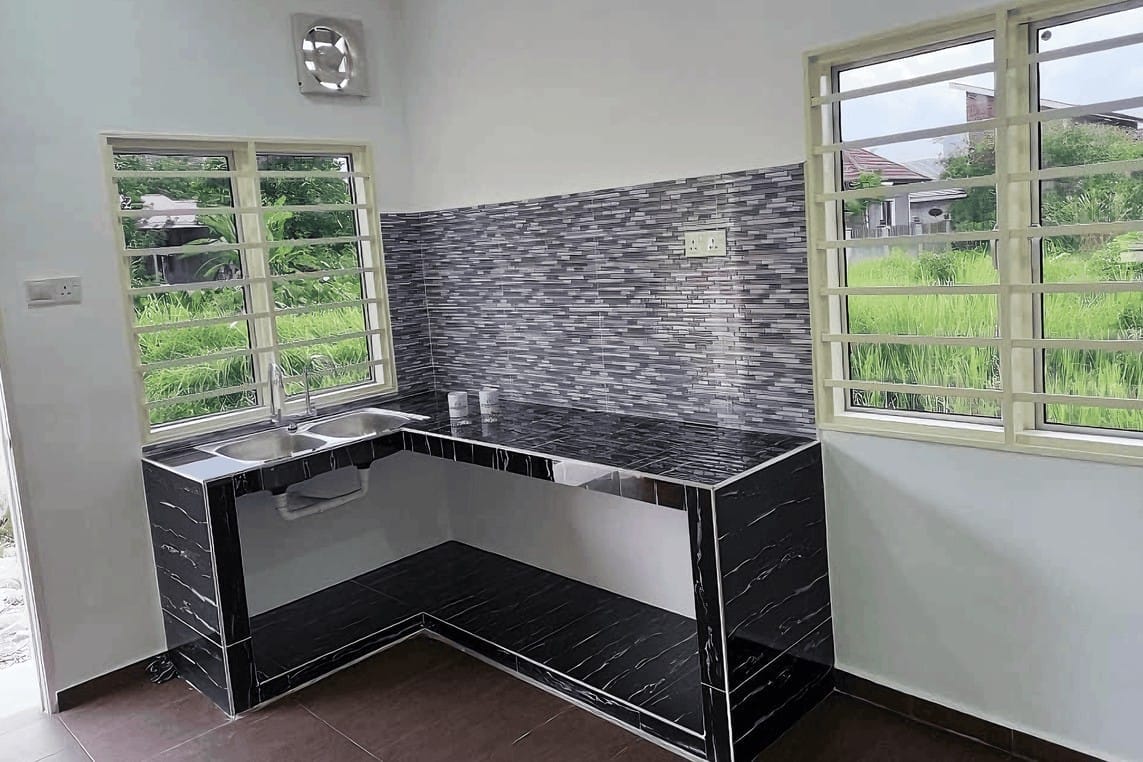
Innovative Technologies Transforming Building Materials
As Malaysian developers look toward a more sustainable future, innovative building materials have surfaced as crucial game-changers. Among the forefront of these materials are biodegradable composites made from organic fibers such as bamboo and hemp. These options not only reduce the strain on timber resources but also offer remarkable strength-to-weight ratios. By choosing biodegradable materials, developers are minimizing waste and embracing environmental responsibility, which resonates with a growing base of eco-conscious consumers.
Another exciting shift involves the use of recycled materials such as reclaimed wood and recycled concrete. These materials not only give a beautiful rustic charm but also help in reducing landfill waste. The benefits are clear; utilizing recycled components in construction projects helps lower carbon footprints and minimizes energy consumption during production. For instance, a simple table comparing traditional and recycled materials could show significant environmental savings:
| Material Type | CO2 Emissions (kg/m²) | Waste Reduction (%) |
|---|---|---|
| Traditional Concrete | 90 | 0 |
| Recycled Concrete | 50 | 30 |
Lastly, the rise of smart materials is paving the way for developing buildings that can adapt to their environment. These materials change properties in response to environmental stimuli—think insulation that adjusts to temperature variances or paints that enhance energy efficiency by reflecting sunlight. Incorporating such technologies not only elevates the building’s performance but also optimizes its energy consumption, ultimately leading to cost savings and a reduced ecological footprint. The tide is clearly turning, and Malaysian developers are at the helm of this revolutionary shift toward greener and smarter construction practices.
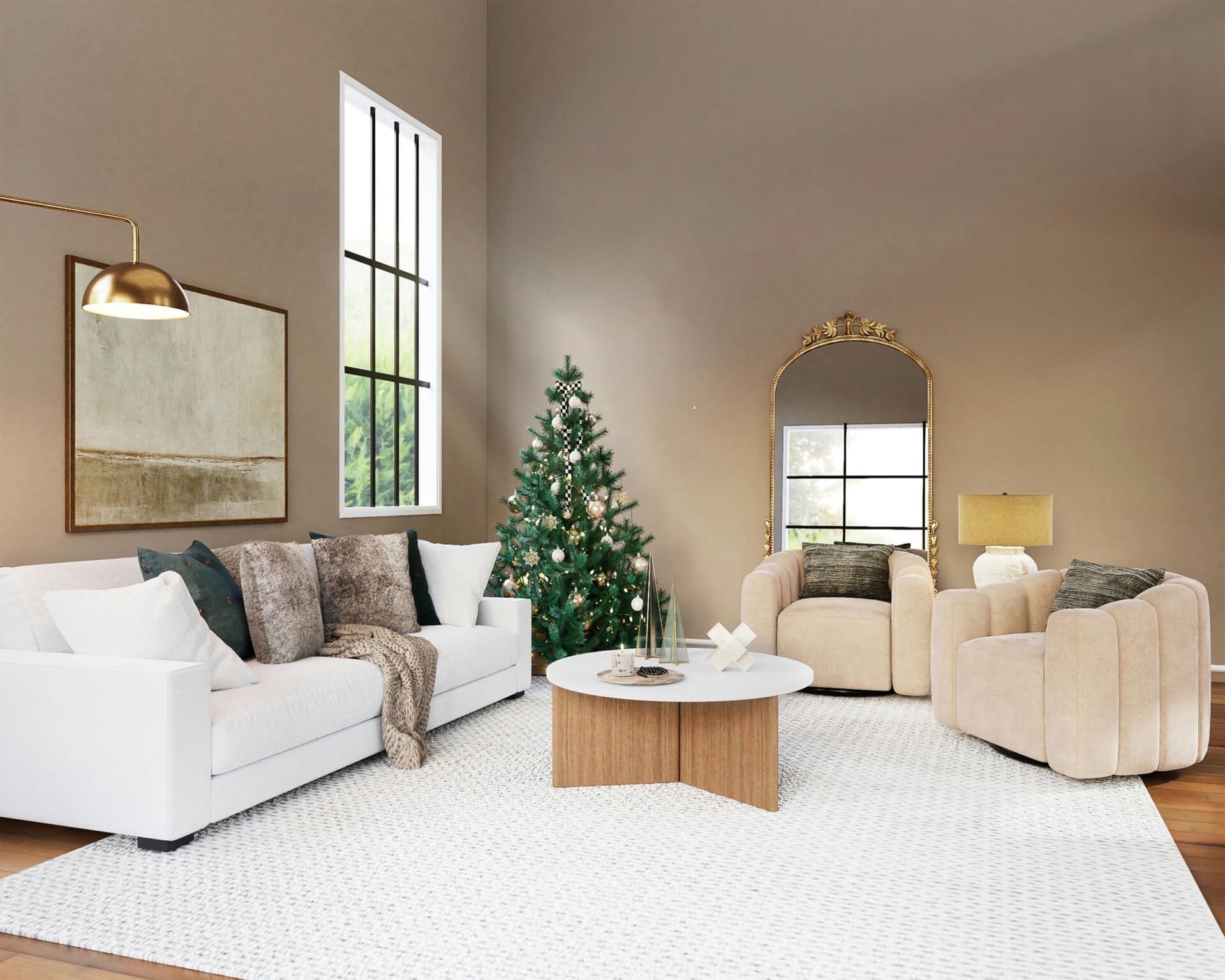
Community Engagement and Consumer Demand for Green Solutions
The demand for sustainable construction practices is rising, reflecting a larger global movement towards environmental responsibility. In Malaysia, consumers are becoming increasingly savvy about the impact of their choices on the planet, leading to a stronger interest in green solutions that prioritize ecological health. This shift in consumer sentiment has made developers reconsider their material choices, opting for options that are not only aesthetically pleasing but also sustainably sourced.
Communities are actively voicing their support for environmentally friendly initiatives, often participating in local forums and feedback sessions. This engagement is crucial as it helps developers understand the aspirations and concerns of residents regarding new projects. Developers have started to embrace this feedback by incorporating innovative materials and practices such as:
- Bamboo: Fast-growing and highly renewable, bamboo is becoming a favorite for its strength and flexibility.
- Recycled Steel: Utilizing scrap metal reduces waste and energy consumption in production.
- Eco-friendly Insulation: Natural insulation materials like hemp or wool are gaining popularity for their performance and sustainability.
With this growing preference for greener options, developers are not just enhancing the livability of their projects but also cultivating community pride. They’re fostering a sense of ownership among residents who are excited to live in spaces that reflect their values. As a result, the conversation around sustainable practices is shifting from mere compliance to a badge of honor for developers, setting a new standard in the industry. The collaborative approach not only satisfies consumer demand but also promises a healthier environment for future generations.
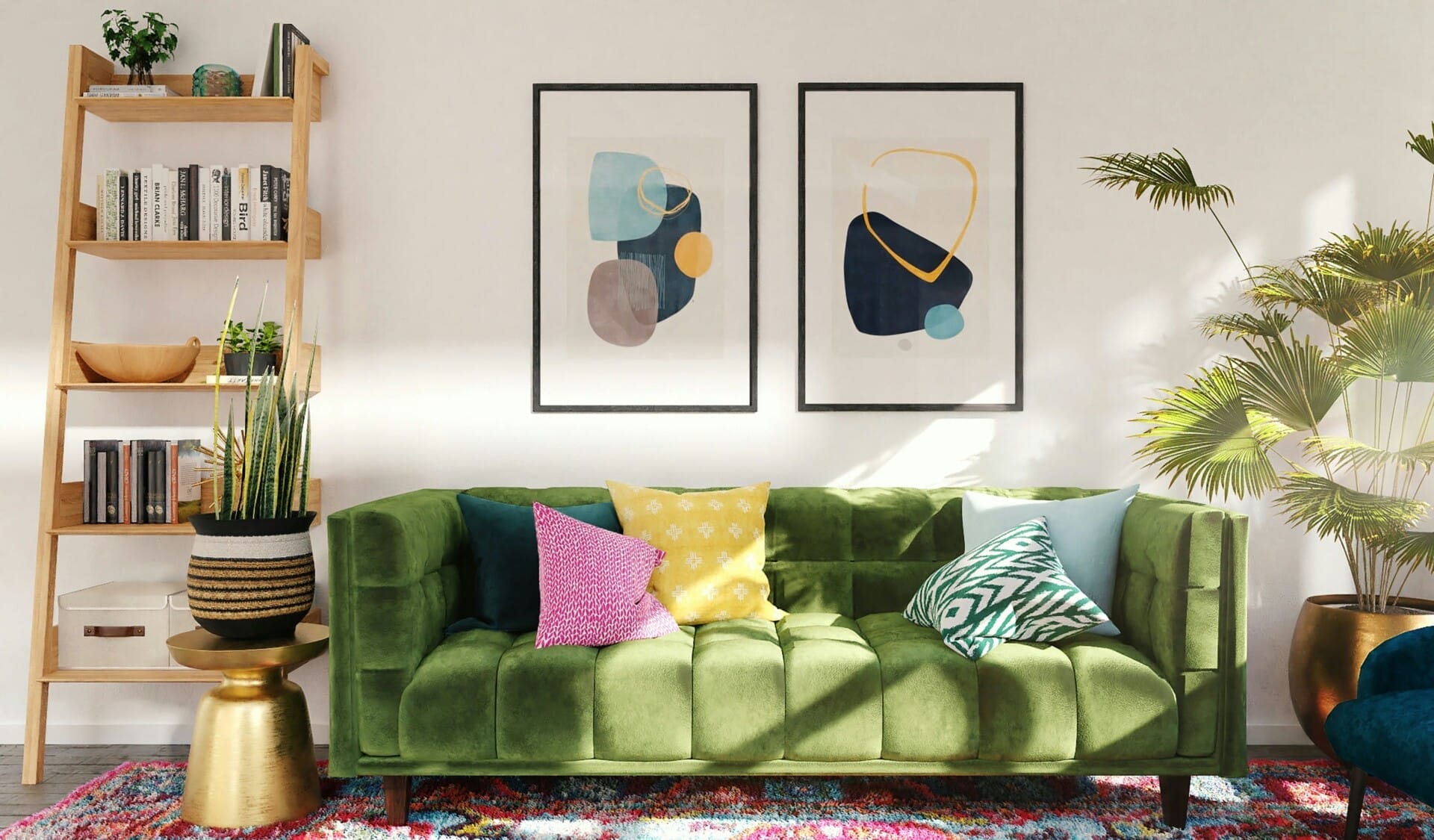
Future Outlook: The Path Ahead for Malaysian Developers
Looking ahead, Malaysian developers have an exciting journey mapped out toward adopting greener alternatives. With the increasing awareness of environmental issues, developers are likely to prioritize sustainability as a core principle in their projects. This shift is not just a trend; it’s a necessary evolution. Developers will need to stay updated with innovative sustainable practices and eco-friendly technologies to gain a competitive edge.
Moreover, the incorporation of green certifications will play a significant role in shaping future developments. As buyers become more environmentally conscious, properties that showcase these certifications will likely fetch better market prices and faster sales. Developers can enhance their credentials by partnering with organizations that promote sustainable building practices, thus creating a robust network dedicated to green development. Key focus areas will include the integration of renewable energy sources, rainwater harvesting systems, and energy-efficient designs.
The collaboration between the government and the private sector will also be essential in advancing this green revolution. By incentivizing the use of sustainable materials, the government can stimulate the industry’s growth. Developers can expect a landscape that embraces affordable yet sustainable materials such as bamboo, recycled steel, and bio-based composites. As regulations evolve and consumer demand shifts, the future of Malaysian real estate will be defined by a commitment to sustainability and innovative building practices.
Wrapping Up
As we wrap up our chat about why Malaysian developers are shifting gears from traditional materials to greener alternatives, it’s clear that this transition isn’t just about jumping on the eco-friendly bandwagon. It’s a sign of the times, a blend of innovation and responsibility that resonates with our growing awareness of the environment.
With every new project, developers seem to be asking themselves: how can we build something that not only looks good but also cares for the planet? Whether it’s using recycled materials or embracing sustainable practices, the move towards greener options shows a commitment to a healthier future for Malaysia.
So, as we continue to watch this shift unfold, let’s support those who are leading the charge in making our landscapes more sustainable. After all, every small step counts—and who knows? The next big idea in green architecture might just come from our very own backyard. Here’s to building a future that our children can thrive in—one green project at a time!
